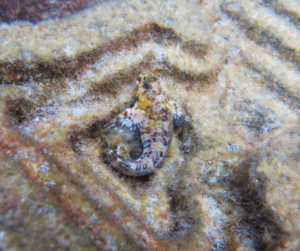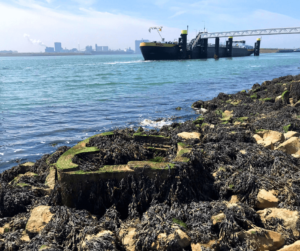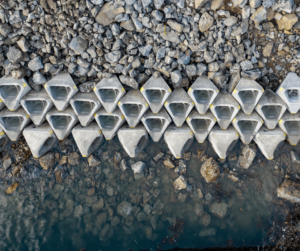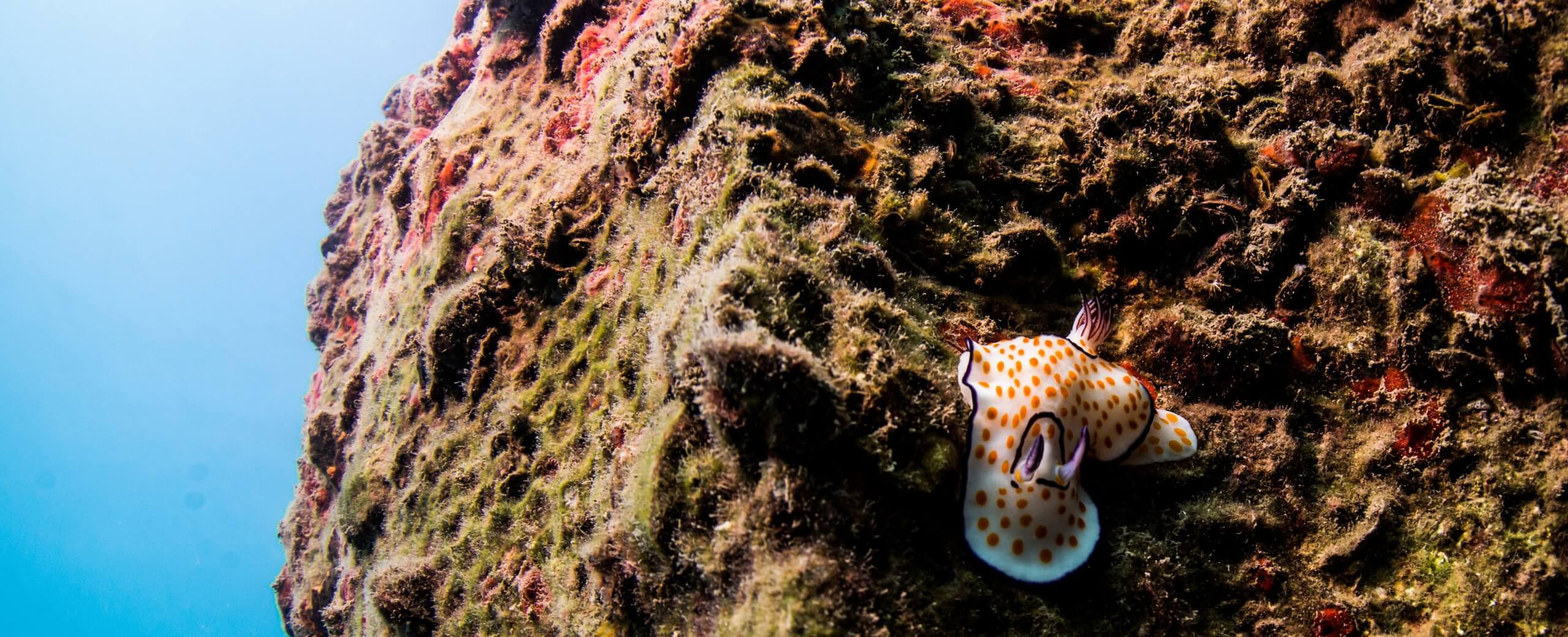Biomimicry: Nature’s Lessons for Sustainable Infrastructure
Nature Inspires Innovations
Japan’s Shinkansen Bullet Train was one of the fastest in the world, but air pressure changes caused huge sound booms every time it exited a tunnel. The train’s shape needed a solution, and inspiration came from a bird’s beak. The Kingfisher is a predator that can dive into the water without splashing and causes so little disturbance to the surface that fish don’t know what’s coming.


Here’s another example. Tsunami detection systems can be unreliable under noisy or harsh marine conditions, causing less accurate alerts. Looking for more effective ways to warn coastal towns, EvoLogics studied the physics of dolphin communication for eight years, and learned how to develop accurate and far-reaching signals from the masters of underwater communication, dolphins.
This is the philosophy of biomimicry: using nature’s strategies, forms, and materials to solve humanity’s design challenges. Biomimicry can take many paths: sometimes only the physical structure is based on natural shapes and features, like for the Shinkansen Train, or only a specific feature, like for the tsunami detection device. But if we look closely enough at the natural systems with which our designs and engineered structures interact, we can move beyond mimicking forms or features, to also emulating functionality, chemistry, and the benefits natural ecosystem services provide to humans all at the same time.
Is the Solution Already in Nature?
Over 50 percent of the world’s population is concentrated along coastal areas, putting severe stress on natural ecosystems as they are inevitably developed. Climate change is causing more extreme threats, like stronger storms and sea-level rise, so coastlines around the world require multibillion-dollar development, retrofitting, and intensive maintenance.
To protect coastal communities from these threats, coastal design and engineering has created a dangerous loop: more concrete coastal protections release more CO₂ (concrete is 8% of global emissions!), leading to higher temperatures, more sea-level rise and stronger storms, and the need for more concrete on urban coasts. About 70% of coastal infrastructure is made of concrete, and the breakwaters, seawalls, and piers we have today have been designed and built with little or no consideration for marine life. This is part of the reason we’re seeing the ecological decline of urban marine environments and fish populations. But shallow-water habitats are critical ecosystems, they’re the nursing grounds and foundations of the marine food chain, and provide other services like producing oxygen, and being beautiful.

Concrete Feedback Loop
Over millennia, our planet has developed natural barriers that also reduce risk and protect vulnerable coastal communities by buffering storms and protecting coastlines from severe erosion. Coral reefs, oyster reefs, mangrove forests, and rocky intertidal habitats are more than natural barriers — they’re amazing, highly productive and diverse coastal ecosystems which are nursing grounds for marine life, and huge carbon sinks.
“Ocean health and human health are entwined. We can’t protect our coastlines while destroying fragile coastal ecosystems. This is where biomimicry can come to play: by drawing inspiration from nature and designing environmentally-sensitive coastal protections that benefit humans and marine life as one,”
Dr. Shimrit Perkol-Finkel, Former CEO & Chief Scientist at ECOncrete.

Design From and For Ecosystems
Inspired by beach rock formations, coral reefs, oyster beds, mangrove roots, and other marine habitats and life forms, ECOncrete® embodies biomimicry’s design intention: to learn from and mimic forms and processes found in nature to create regenerative solutions.
“The idea is to tweak the concrete composition, texture and design, so that structures like seawalls or armor units that make up ports, marinas and city waterfront will enhance marine flora and fauna.”
Dr. Ido Sella, CEO, ECOncrete.

ECOncrete’s Patented Win-Win solution
ECOncrete’s proprietary technology is based on three scientific design changes that work in synergy:
- A biology-enhancing concrete admix increases the structure’s strength and seals it, creating marine optimal chemistry that allows sedentary sea life, like oysters, tube worms, tunicates, and corals to grow.
- Rough surface textures mimic natural marine surfaces, allowing calcium carbonate-based organisms to encrust the concrete — storing carbon dioxide, providing a layer of bioprotection which strengthens over time, and defending from chemical erosion and scouring.
- Locally-attuned 3D designs resemble natural habitats, fostering the growth of native plants and animals, while performing to industry standards and creating beautiful spaces for us humans to explore.
All together, these three biomimetic elements transform lifeless concrete coasts into ecologically designed blue-infrastructure.
“The most simple and straightforward test for biomimetic design may simply be to see how compatible it is with all surrounding living systems, not just serving humans. ECOncrete’s solution promotes ecological diversity, is safe, and supports the life that is designed around. This design is truly well-adapted for its ecosystems, and that is what ultimately set the solution apart.”
Beth Rattner, Executive Director of The Biomimicry Institute.

ECOncrete® infrastructures mimic natural systems, enabling a diversity of life while protecting coastlines.

Inherently Engineered for Climate Change
Natural ecosystems are amazing at soaking up carbon dioxide, and transforming it into the building blocks of life. Using biomimicry to design from and for our ecosystems benefits humans. Why? Because when our designs make habitats healthier, both infrastructure and ecosystems can work together to create climate change resilience.
Biomimicry opens the door for influencers and industries to bridge development and sustainability in urban spaces. It allows decision-makers, engineers, contractors, and landscape architects to integrate innovative eco-engineering technologies while building in harmony with nature. Ports and urban waterfronts can reduce their ecological footprint, while becoming an interface for the public to interact with marine life. Cities can lessen the impacts of storm surges on their waterfronts, while providing opportunities for recreational diving around thriving shallow-water ecosystems.

Kelp growth at Port of Rotterdam, low tide.
“I am intrigued by ECOncrete’s pragmatic approach to climate adaptation. Communities around the world are facing serious flooding challenges and ECOncrete® has demonstrated it can provide greater biological value when armored sea walls are necessary.”
Deron Davis, Executive Director of The Nature Conservancy in Georgia.
Using biomimicry and the principles of restoration ecology to create habitat, shelter, and food for a diverse ecosystem of marine plants and animals, enhanced infrastructure like seawalls and breakwaters allow us to construct coastlines differently. For example, by including biomimicry’s design principals into offshore wind, we can limit damage to the seabed and benthic communities.
Of course, it would be better to leave natural coastlines as they are. If people were to live further from the coasts, the ocean could engineer our shores, and coastal habitats would thrive. But in places where we’ve already built cities, used land reclamation, or are determined to develop further, we can utilize biomimicry to restore some of the lost ecosystem services, biodiversity, and beauty.

“Doing Well by Doing Good”
In the spirit of Ray C. Anderson’s mantra of ‘doing well by doing good,’ and after having won the Biomimicry’s 2018 Global Design Challenge for Tide Pool Armor, ECOncrete® was recently chosen as the winners of the $100,000 Ray of Hope Prize®. This stamp of approval is part of ECOncrete’s journey to transform the conservative concrete and coastal construction industries. Allowing options for sustainable development and blue infrastructure empowers climate-smart choices, and a more optimistic future for our oceans.
This year’s Ray of Hope Prize Runner-Up prize of $25,000 was awarded to Cypris Materials, a company that has mastered the science of creating structural color-producing paint colored by structure rather than with pigments or dyes.

About the Biomimicry Institute:
The Biomimicry Institute is a 501(c)(3) not-for-profit organization founded in 2006 that empowers people to seek nature-inspired solutions for a healthy planet. To advance the solution process, the Institute offers AskNature.org, a free online tool that contains strategies found in nature and examples of ways they are used in design. It also hosts a Biomimicry Global Design Challenge and Youth Design Challenge to support project-based education; a Biomimicry Launchpad program and Ray of Hope Prize®️ for entrepreneurship to bring designs to market; and connects innovators through the Global Biomimicry Network.
Adapted from ECOncrete’s collaborations with the Biomimicry Institute, Sustainable Brands, and CSRwire.
